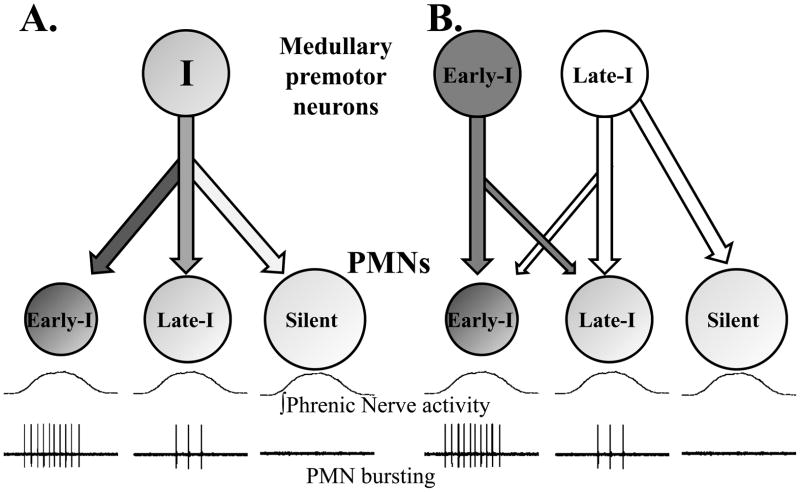Figure 2. Two models of the mechanisms underlying orderly recruitment of PMNs during inspiration.
Panel A depicts the “size principle” model of PMN recruitment (see text). In this model, all PMNs receive a similar synaptic input from inspiratory premotor neurons. Neural recruitment thus reflects intrinsic PMN properties (e.g., cell size, membrane resistance). Silent PMNs are inactive during eupneic breathing but can be recruited by increasing inspiratory drive (i.e. hypercapnia, hypoxia) or during non-ventilatory behaviors (i.e. cough, sneeze). Panel B allows for the possibility that both intrinsic PMN properties and selective inputs contribute to PMN recruitment order. In this example premotor neurons firing during early-inspiration primarily innervate Early-I PMNs and premotor neurons discharging during late-inspiration mainly project to Late-I and silent cells. We do not discount the potential for cervical INs and/or inhibitory expiratory inputs to modulate PMN recruitment order. However, for simplicity these factors are not included in these diagrams but rather are reviewed in the text. Similarly, the potential for divergent inputs to the bulbospinal premotor neurons is not depicted in the figure.

